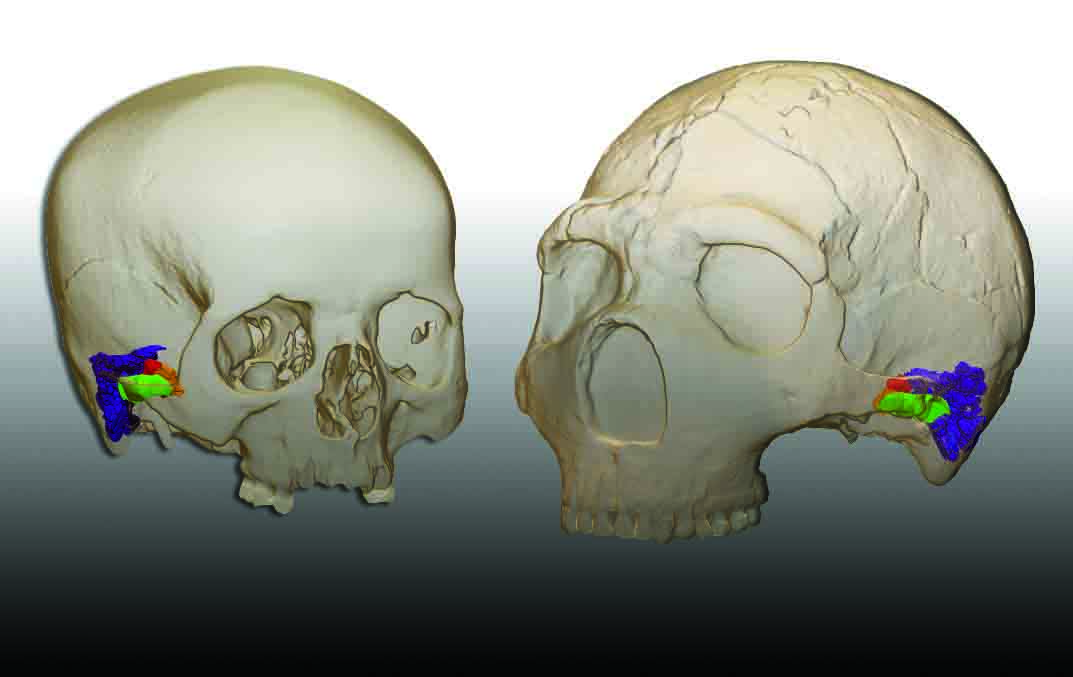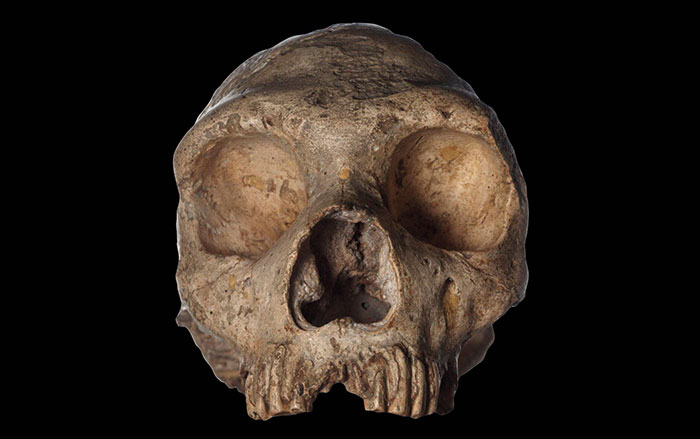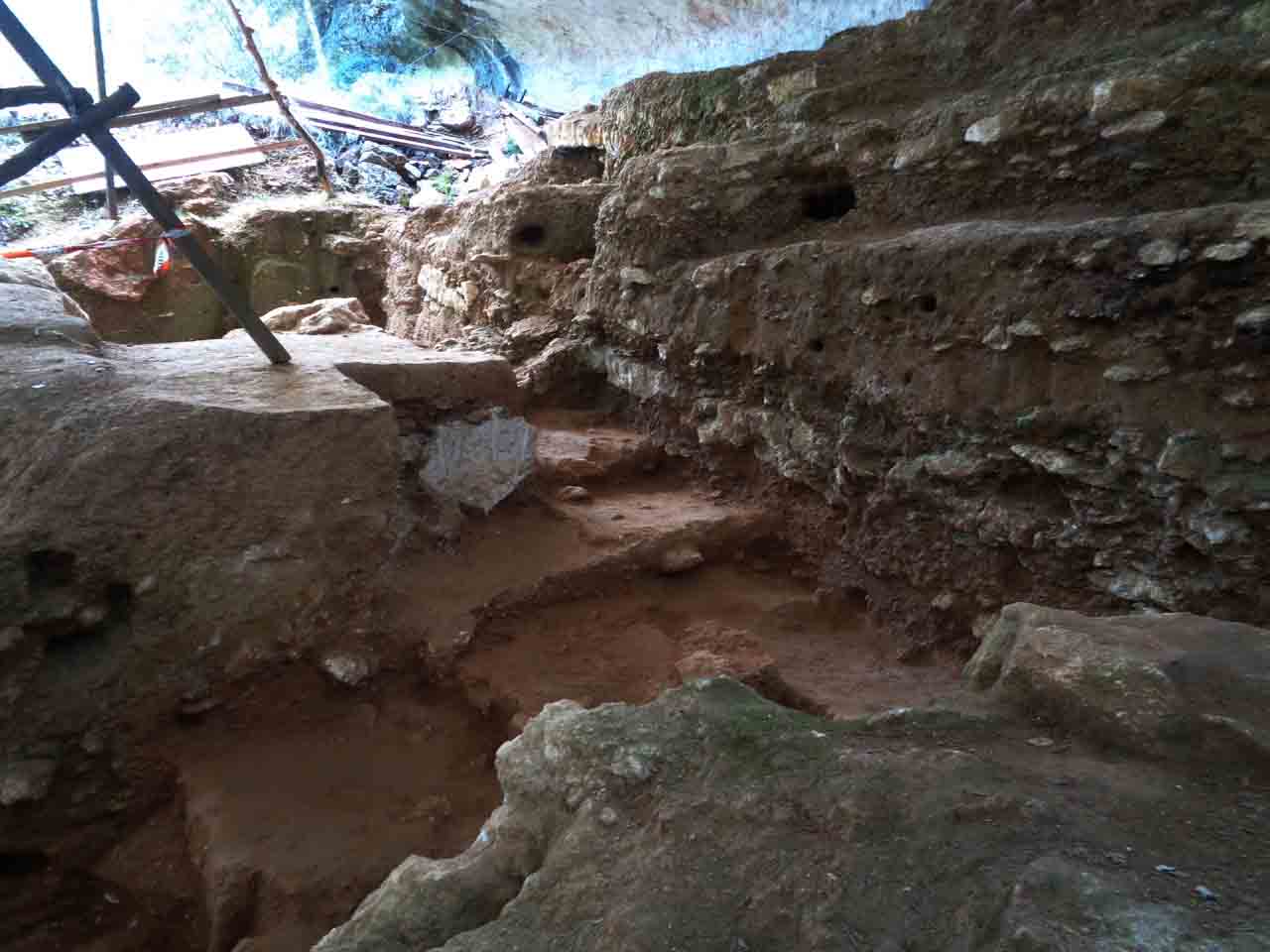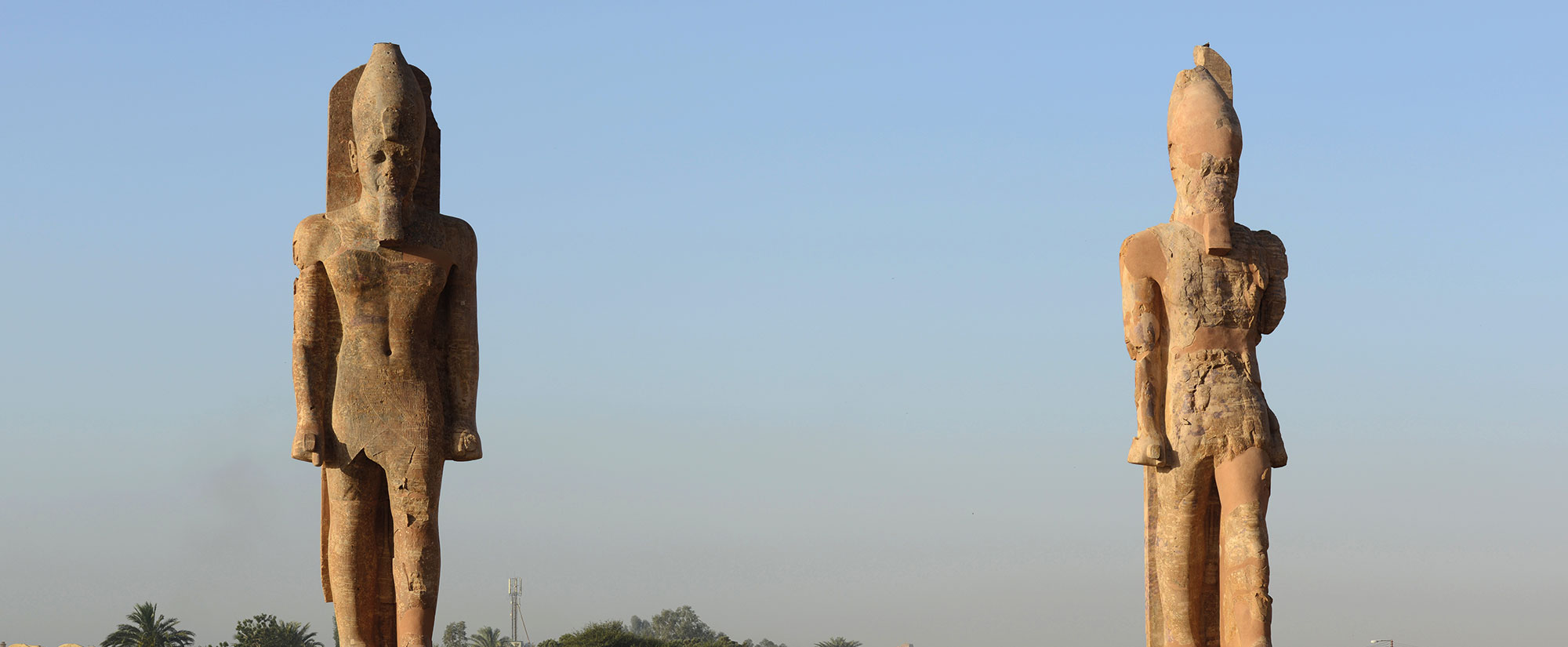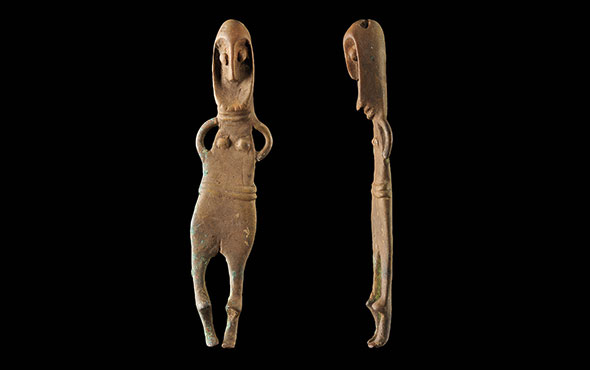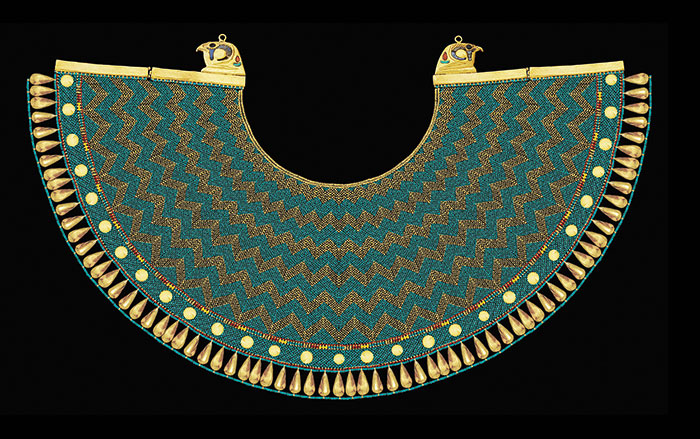
LONDON, ENGLAND—According to a statement released by London’s Natural History Museum, two 400,000-year-old fossilized teeth discovered at the Boxgrove site in southern England are similar to fossilized teeth of a similar age found among the bones of an estimated 29 individuals at Spain’s Sima de los Huesos site. The legbones recovered at the two sites, however, differ significantly from each other. The tibia found in England, however, was found in a later sediment layer than the teeth and so the individuals may represent two different populations, explained researcher Chris Stringer. “In other words, the incisors at Boxgrove and Sima could represent the same population, but the Boxgrove tibia people are different,” he said. The fossils at both Boxgrove and Sima de los Huesos had originally been identified as Homo heidelbergensis, but new research on the physical features and analysis of DNA samples from the Sima de los Huesos fossils suggests they may actually belong to early Neanderthals. The incisors from England’s Boxgrove site could therefore also represent an early Neanderthal population, Stringer concluded, but the tibia may belong to a Homo heidelbergensis individual or something else. The researchers will now attempt to determine how much time separated these layers of sediments at the Boxgrove site. To read about a fraud fossil discovery in early twentieth-century England, go to "Piltdown's Lone Forger."


